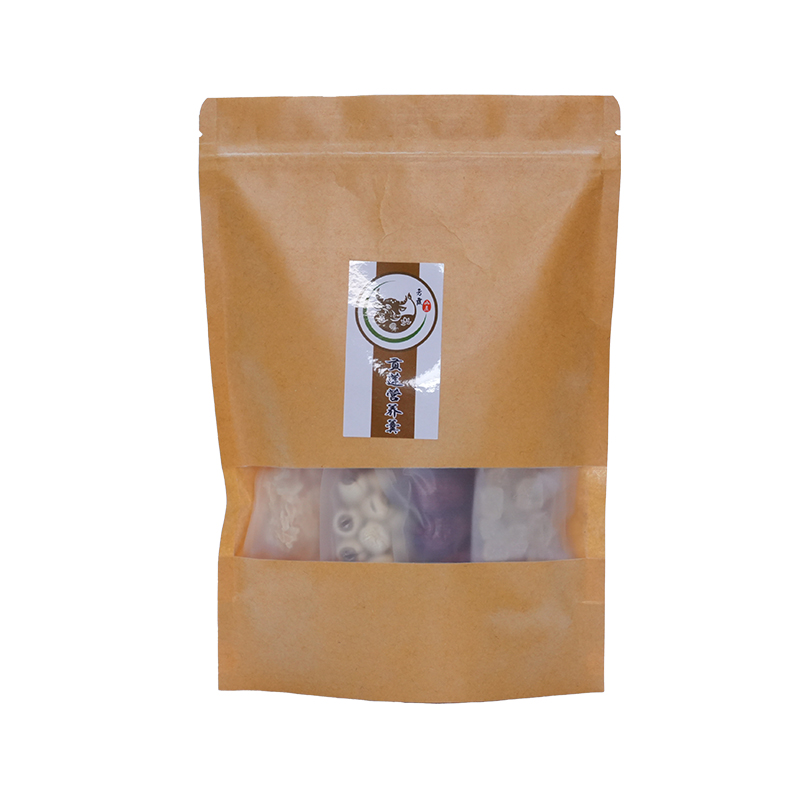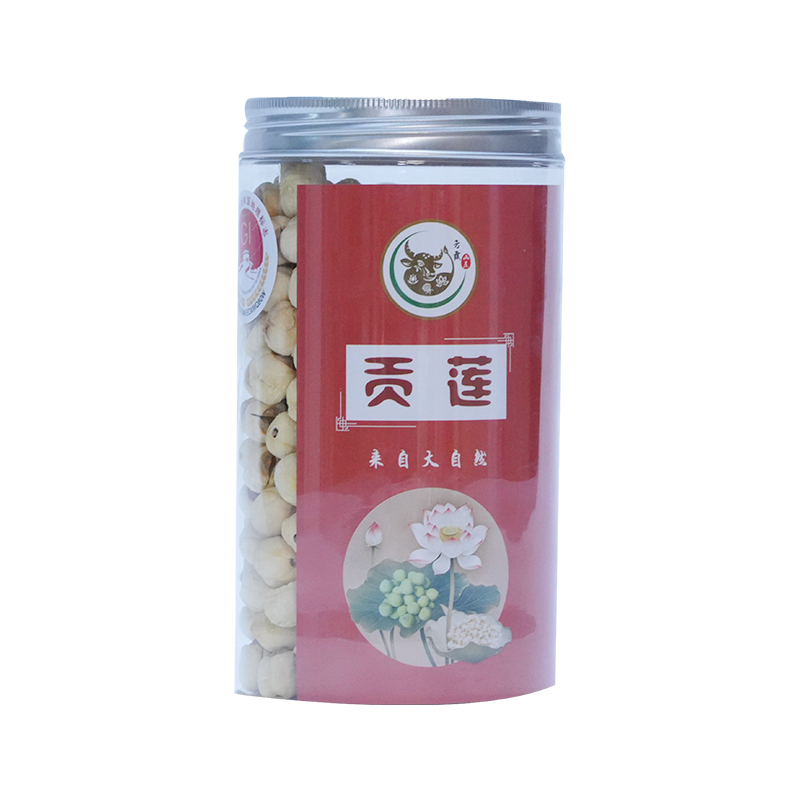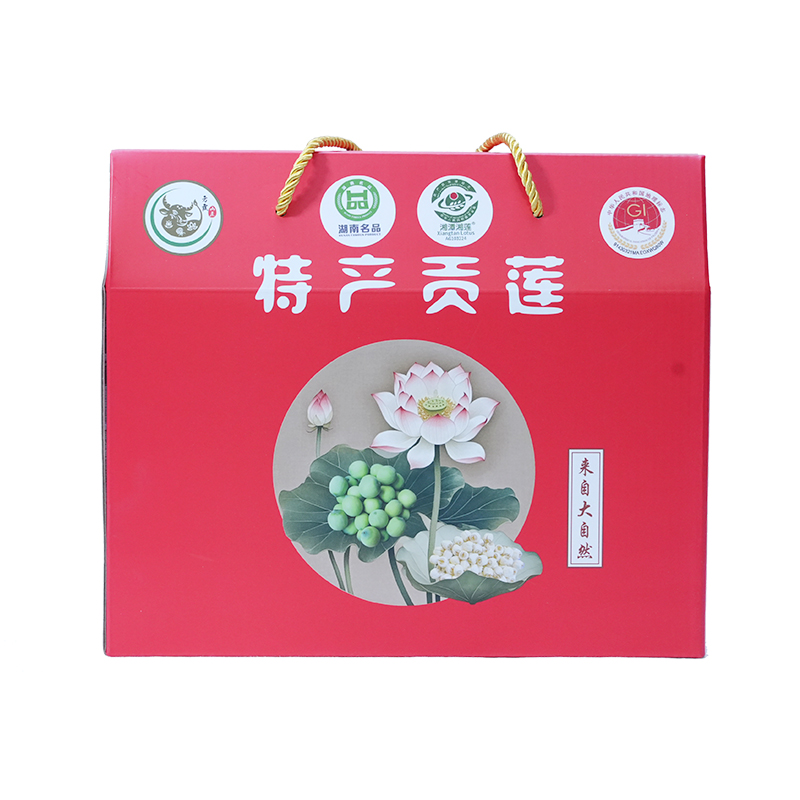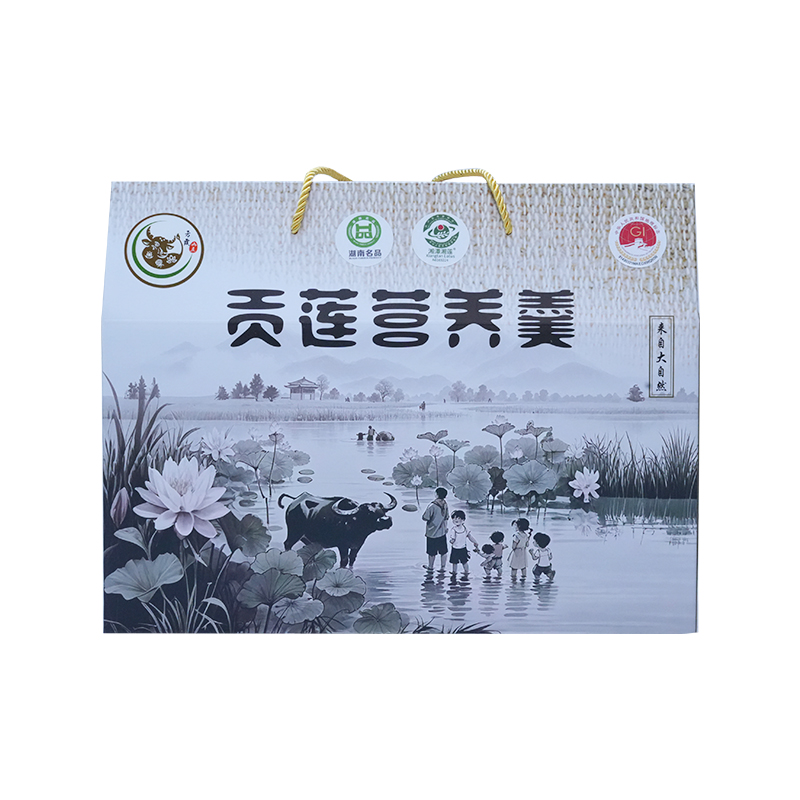How to store tribute lotus seeds to preserve their flavor and nutrients?
Release Time : 2025-07-25
The storage method of tribute lotus seeds is directly related to the retention of its unique flavor and nutrients. If you are not careful, it may lose its original characteristics. Fresh tribute lotus seeds contain a certain amount of water. If the storage environment is humid, it is easy to breed mold, which will not only make the lotus seeds smell musty, but also destroy the nutrients such as protein and vitamins. Therefore, keeping the storage environment dry is the first principle. Dry air can slow down the loss of water inside the lotus seeds, while inhibiting the reproduction of microorganisms, so that the lotus seeds are not easy to deteriorate during storage, thus retaining its original fragrance and crisp taste.
Temperature control is also critical to the storage of tribute lotus seeds. Too high a temperature will accelerate the oxidation of fat in lotus seeds, causing them to produce a rancid smell and destroying the original mellow flavor; while the temperature is too low, especially when it is close to the freezing point, the lotus seed cells may rupture due to freezing, and the texture becomes soft and rotten after thawing, losing the firmness it should have. The appropriate temperature should be in a range of neither too hot nor too cold, which can prevent fat oxidation and cell structure from being destroyed, so that tribute lotus seeds can maintain a stable state during storage, and the nutrients can be slowly retained in such an environment, so as not to lose quickly.
There are also many considerations for the selection of storage containers. A container with too strong air permeability will allow tribute lotus seeds to absorb odors in the air, affecting its own natural fragrance; and a completely sealed and airtight container, if the lotus seeds are not fully dried before storage, the residual moisture inside will accumulate, causing the lotus seeds to become damp and deteriorate. The ideal container should have a certain degree of sealing, which can isolate external odors and excessive moisture, while allowing a very small amount of air circulation, allowing lotus seeds to breathe in a relatively stable small environment, so that it can retain its unique fragrance and prevent the loss of nutrients due to moisture.
The pretreatment of tribute lotus seeds before storage will affect the subsequent preservation effect. If the tribute lotus seeds after harvesting have residual lotus clothes or impurities, they should be carefully cleaned up. These impurities are easy to carry bacteria and accelerate the deterioration of lotus seeds.
In order to extend the storage time, some people will dry the tribute lotus seeds. Moderate drying can reduce the moisture content and facilitate storage, but excessive drying will cause the lotus seeds to lose too much moisture, become dry and hard, and the taste will deteriorate. The nutrients will also be damaged by exposure to the sun. Therefore, it is necessary to grasp the degree of pretreatment and find a balance between drying and maintaining taste and nutrition.
The flavor and nutritional changes of tribute lotus seeds under different storage times also need to be paid attention to. In short-term storage, the focus is on maintaining its freshness and avoiding flavor loss; while long-term storage requires more stringent conditions to prevent the slow decomposition of nutrients. During long-term storage, some active ingredients in lotus seeds may gradually lose their activity, and vitamins will also decrease over time. Therefore, during the storage process, if the status of lotus seeds can be checked regularly and the storage conditions can be adjusted in time, these changes can be delayed to a certain extent, so that tribute lotus seeds can retain some nutrients and good flavor even if they are stored for a long time.
Avoiding storage with odorous substances is an important detail to protect the flavor of tribute lotus seeds. Tribute lotus seeds have their own adsorption properties. If they are placed together with foods or items with strong odors, they are easily contaminated with odors, and the original sweet taste will be covered up and become weird. For example, if they are placed in the same space with strong-smelling ingredients such as garlic and onions, lotus seeds will absorb their flavors. No matter how they are handled during cooking, it is difficult to restore their original pure flavor. Therefore, when storing, the tribute lotus seeds need to be placed separately in an odor-free environment to ensure that their aroma is not disturbed.
For tribute lotus seeds that have been opened, the storage method needs to be more meticulous. After opening, the contact area between lotus seeds and air increases, and the risk of moisture and oxidation also increases. At this time, the remaining lotus seeds should be sealed as soon as possible and placed in a dry and cool place to avoid long-term exposure to the air. If the lotus seeds are not sealed in time after opening, they may become soft or even moldy due to moisture absorption, not only losing their flavor, but also destroying their nutrition. Therefore, timely treatment after opening can effectively extend the edible period of tribute lotus seeds, allowing them to maintain good quality for a period of time after opening.







